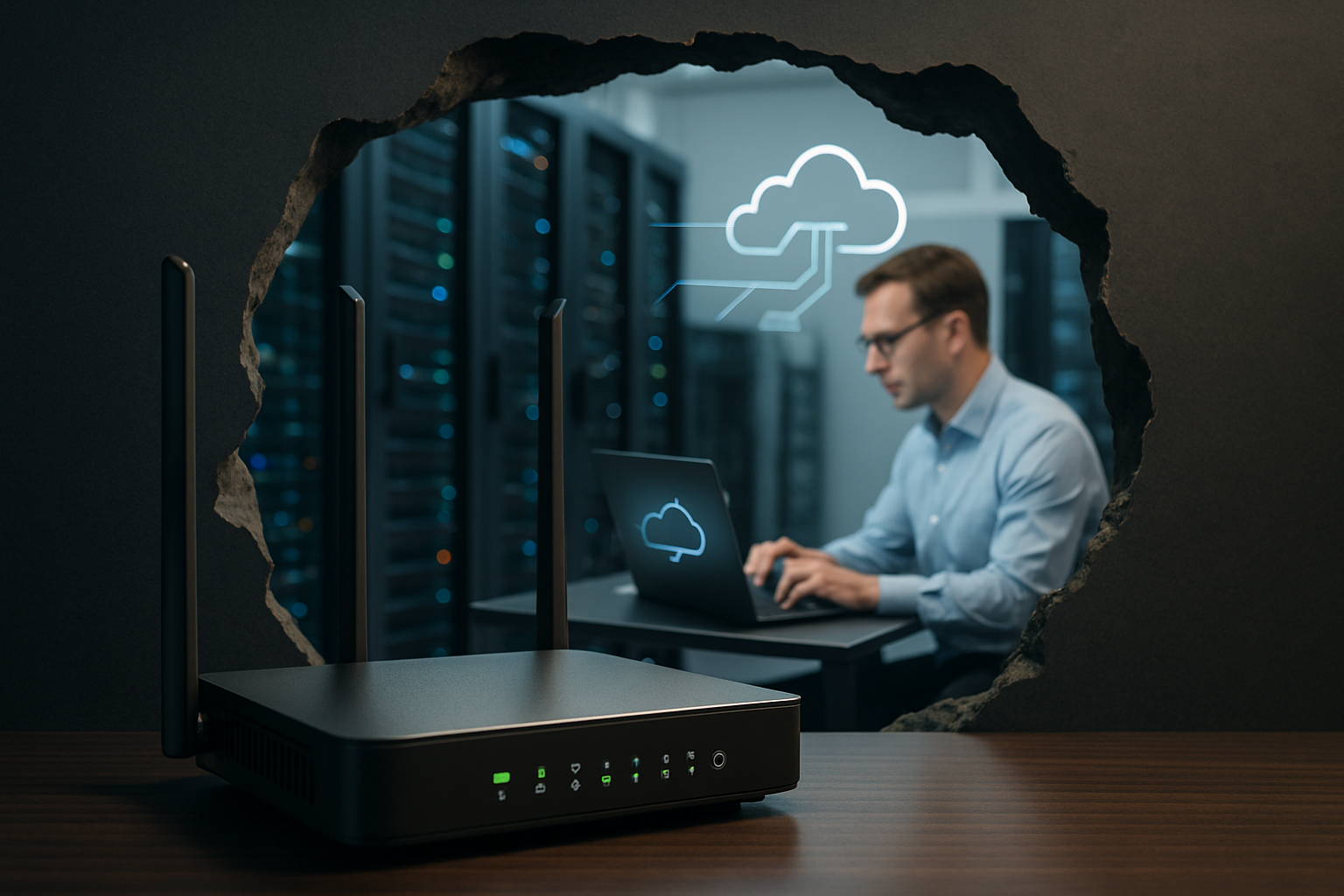Workplace ergonomics and health: setting up a safe residential workstation
Practical guidance for setting up a safe residential workstation that supports health, privacy, and reliable connectivity. Learn about ergonomics, equipment choices, documentation, and basic compliance considerations to keep your home workspace functional and secure.

Creating a dedicated residential workstation can improve posture, focus, and overall well-being while reducing the risk of musculoskeletal strain. Thoughtful layout, appropriate equipment, reliable connectivity, and attention to privacy form the foundation of a safe home work environment. This article outlines practical steps for arranging your workspace, the kinds of equipment to consider, and the nonclinical administrative factors—like documentation and taxation—that influence long-term usability.
This article is for informational purposes only and should not be considered medical advice. Please consult a qualified healthcare professional for personalized guidance and treatment.
Ergonomics: How to arrange your workspace?
Proper ergonomics reduce fatigue and repetitive strain. Position your monitor so the top third of the screen is at eye level and keep it about an arm’s length away. Use an adjustable chair that supports the lumbar curve and allows both feet to rest flat or on a footrest. Maintain a straight wrist alignment while typing and consider a separate keyboard and mouse to avoid hunching. Break tasks into focused intervals and stretch periodically; small adjustments to posture and placement of equipment can relieve pressure on the neck, shoulders, and wrists.
Equipment: What should you choose for comfort and safety?
Select equipment that supports long-term comfort: an adjustable chair, height-adjustable desk or desk riser, external monitor, ergonomic keyboard, and a precision mouse. Cable management and stable furniture reduce trip hazards and protect devices from accidental damage. Keep a small first-aid kit nearby and consider whether certain items need to be listed as expenses or documented for reimbursement if your employer offers allowances. Track receipts and specifications for warranty and insurance purposes, and choose equipment rated for prolonged daily use.
Connectivity and broadband: How to ensure reliable internet?
Reliable broadband and consistent connectivity are essential for remote work. Choose an internet plan with adequate upload and download speeds for video calls and file transfers, and place your router centrally or use wired Ethernet for mission-critical devices. Test latency and throughput in the area where you work, and consider a backup connectivity option such as a mobile hotspot for brief outages. Keep login credentials and network details documented securely to assist IT support if payroll systems or cloud resources require remote access.
Privacy and cybersecurity: How to protect data at home?
Home networks should be segmented where possible and protected with strong, unique passwords. Use encryption, a reputable VPN when accessing employer systems, and keep operating systems and security software up to date to reduce vulnerabilities. Secure physical documents and store sensitive materials in locked cabinets. Implement clear privacy practices for family members or roommates—avoid shared accounts for work and maintain separate devices when required. Regularly back up important files and follow organizational policies on data handling and breach reporting.
Taxation, allowances, and expenses: What documentation matters?
Understand local taxation rules for home office deductions or allowances and retain documentation for eligible expenses. Common items to document include receipts for equipment, broadband costs apportioned to work use, and records of any reimbursement or payroll adjustments. Employers may require invoices or completed forms to process reimbursements, so keep documentation organized and dated. Note that payroll processes and reimbursement policies vary; consult a tax advisor or HR representative to determine whether zoning, permits, or specific expense categories affect eligibility in your area.
Compliance, insurance, zoning, and permits: What rules apply?
Check employer compliance requirements and local regulations before converting spaces for regular work use. Zoning or homeowners’ association rules can affect long-term usage of a residential area for commercial activities. Review your homeowner or renter insurance to confirm coverage for work equipment and accidental damage; some policies may exclude business use without additional coverage. If your employer treats equipment as assets or payroll items, ensure proper documentation for inventory and clarify who is responsible for maintenance, payroll reporting, or reimbursement when devices are provided.
Maintaining a safe residential workstation blends practical ergonomics, the right equipment, reliable broadband connectivity, and attention to privacy and administrative details. Keep documentation organized for taxation, allowances, or reimbursement, follow cybersecurity best practices, and verify insurance and compliance needs based on how intensively you use the space. Periodic reassessment will help the setup remain comfortable, secure, and aligned with both health and workplace requirements.





